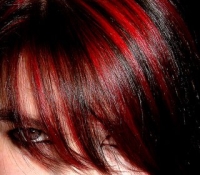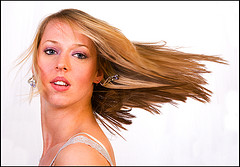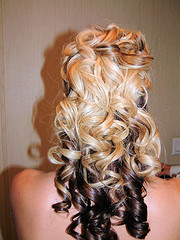Hair Color Woes

The Don’ts:
1. Don’t go by the picture on the box. Since everyone’s hair has different levels of pigment and porosity, the dye gives a different result for different people. The safest option is to do a strand test beforehand. When going lighter, it’s best to stay within three shades of your natural color. If you’re aiming for a more dramatic change, try doing it gradually. Not only will this help you in adjusting to the new look, you can also back out if it starts looking too OTT.

2. Don’t shampoo right before dyeing – the natural oils in your scalp will help hydrate and protect during the coloring process. A week before coloring, treat your hair with an intensive conditioner (like L’Oreal Professional’s Intense Repair Mask, or Lush’s H’Suan Wen Hua to strengthen the tresses. And remember to get all split ends chopped off before you dye as damaged hair will soak in more color and look uneven.
3. Don’t disregard the pack’s instruction book – it should be followed to the letter. Losing track of time and leaving color on beyond the recommended time can cause irreversible damage. So, rely on an alarm clock rather than your intuition. And if your hair has already been professionally colored, don’t try adding your own DIY touches – you can’t predict how the two formulas might react. You might end up with green locks!
4. Don’t overuse heated appliances on colored tresses. Protect colored hair from the sun by using protective styling products that contain UV filters (try Kerastase Reflection Chroma Protect Polishing Cream or L’Oreal Professional Tecni.Art Color Show Liss Cream. Chlorine is another hair color killer, so wear a cap while swimming and shampoo immediately afterwards.
5. Don’t overdose on chemical exposure. The new hair colors are usually safe, but in small quantities. Most of the evidence that seeks to link hair dyes to cancer and auto-immune disorders comes from women who have colored their tresses frequently, over a period of several years. Synthetic chemicals are tough to metabolise, and they continue accumulating in the body’s tissues with repeated use. So allow the maximum possible gap between color jobs, and rinse well after dying. Dermatologists also

recommend drinking a litre of water after having your hair treated, to help flush out any toxins that might have seeped through the skin. The shade of dye also makes a huge difference – light colors usually contain fewer chemicals than their darker counterparts. Colors that work without lightening the strands are the safest option.
6. Don’t try to color your eyelashes, brows or other delicate areas with hair dye – its only meant for your strands and can cause serious damage if applied elsewhere.
7. Don’t forget that all the harmful absorption occurs through the skin and not the hair strands. So, make sure that you don’t splash the dye on other parts of your body. It’s crucial to wear well-fitted gloves when applying. You can even secure them with some cellotape if need be.